FUNDAMENTAL to the scientific method is the assumption that reality exists independently of our belief systems; that there is such a thing as evidence, and that it matters.
There seems to be general agreement on this point from both the left and right sides of Australian politics.
Indeed, in an article in The Weekend Australian newspaper (page 18) written by Graham Lloyd entitled ‘No place in debate for contrarian hijackers’, Misha Ketchell who is the editor of the influential academic publication The Conversation is quoted claiming to care so much about the evidence that the opinions of ‘sceptics’ must be excluded.
But this begs the question: how do we define scepticism, and on what basis do we discount the opinion of a so-called sceptic?
If their opinions are at complete odds with the evidence: then wouldn’t it be more useful to show this? To use them, and their wrong claims, to explain the truth within the theory of human-caused global warming?
It is claimed that sceptics like myself have an undue and powerful political influence, repeatedly successfully thwarting attempts to implement necessary public policy change.
Indeed, if my arguments are so devoid of evidence, this should be easily proven. Except that the skills scores from my rainfall forecasts, when compared with reality, are far superior to anything forecast by the Australian Bureau of Meteorology.
There has always been a role in science for models and predictions — that can be objectively tested against reality/the evidence —- so the predictions of sceptics could be juxtaposed against predictions from the consensus.
Another way of finding universal truths is through simple observation. If we have catastrophic sea level rise, for example, then this should be evident when we visit the beach, or somewhere like Sydney Harbour. It should be evident in our coastal landscapes. I explained some of this in a recent talk I gave at the Maroochydore Surf Life Saving Club that the Institute of Public Affairs had filmed and that is now available on YouTube.
Given science is about real world phenomena, it should not be that difficult for Misha Ketchell to test the evidence repeatedly being put forward by particular individuals, like myself, against what comes to pass in the real world — what is observed.
But instead of relying on such simple tests of the truth — in my rainfall forecasts or in a coastal landscape or at a coral reef — those in authority, and who edit important journals and websites, have decided that I should be banned.
As Graham Lloyd explains on page 18 of today’s Weekend Australian, I’m listed, in, of all places, the journal Nature as a dangerous dissident who must be shunned, and denied, because, it is claimed, that I misrepresent the evidence. That so many of us are actively de-platformed is only just now being acknowledged, and I am grateful that it has today been explained in The Weekend Australian.
The conspiracy against me dates to at least 2008 when Bryant MacFie gifted $350,000 to the University of Queensland (UQ) in a donation facilitated by the Institute of Public Affairs to pay for environmental research scholarships. After I set all of this up, the Federation of Australian Scientific and Technological Societies (FASTS) intervened and told the Law and Agricultural facilities that if the program was to go ahead it must be without me … because as someone sceptical of global warming I lacked integrity.
I was replaced by Richard Burns, as the team leader. And more recently, in January just this year, after another strategic intervention perhaps involving the Bureau this time, I was removed as team leader from a project with the Queensland University of Technology (QUT).
The University of Queensland program did go ahead without me back in 2008.
I moved to Katoomba in the Blue Mountains, west of Sydney. The Blue Mountains is, of course, a great place for bush walking, which is a great way to reconnect with the natural world. It is in nature that we find evidence for the universal truths that exist independently of any and everything Misha Ketchell, and other such Australian opinion leaders, choose to publish — or not.
So, while I have repeatedly tried to escape to nature, it draws me back to science … as a method for transcending the chatter now everywhere in our scientific institutions and their publications.
I have kept showing that David Jones and Blair Trewin at the Bureau of Meteorology keep changing the temperature record, and more recently that the journal Nature publishes incorrect information from David Wachenfeld, the chief scientist at the Great Barrier Reef Marine Park Authority, as detailed in the article that follows.
Science is a method, science is never settled. We must therefore always be open-minded, tolerant and ready to be proven wrong. But history will eventually show that it is Misha Ketchell who is wrong and that this editor is not using a reasonable, or in any way evidence-based, criteria for deciding what should be published. This is so very wrong and so very harmful to science, democracy and the capacity of other opinion leaders and academics to evaluate the evidence which is so necessary if they are to get to the truth in such matters as climate change.
****************
The following article was published in The Weekend Australian on 7th September 2019.
Coral death knell exaggerated, says rebel quality assurance survey
The death of inshore corals near Bowen had been greatly exaggerated, according to the findings of a rebel quality assurance survey by reef-science outsiders Peter Ridd and Jennifer Marohasy.
The shallow reef flats of Stone Island have played a key role in divisions over the health of the – inshore Great Barrier Reef and the impact of run-off from agriculture.
Dr Ridd was disciplined for attempting to blow the whistle on the widespread use of before and after pictures taken a century apart near Stone Island that suggested coral cover had disappeared.
A follow-up paper by Queensland University reef scientist Tara Clark, co-authored by Great Barrier Reef Marine Park Authority chief scientist David Wachenfeld, confirmed the coral loss.
Despite winning his unfair dismissal case against JCU and being yesterday awarded more than $1.2m by the Federal Court, Dr Ridd effectively has been dismissed as a crank by other scientists.
An expert scientific panel last month accused him of spreading scientific misinformation like pro- tobacco lobbyists and anti-vaccination campaigners.
But Dr Ridd and Dr Marohasy have spent the past two weeks documenting the corals around Stone Island, which they found were still very much alive.
The in-the-water quality assurance snapshot of onshore corals near Bowen and the Whitsundays has been partly funded by the Institute of Public Affairs.
The hundreds of hours of aerial and aquatic footage will be archived and some of this made into a documentary.
Dr Marohasy and Dr Ridd repeated the transects used in the Clark research which found there had been a serious decline in reef health from historical photographs in the late 19th century to the present.
Dr Marohasy said if the transects used in the Clark analysis had been extended by 30m to the south of Stone Island they would have found a different story.
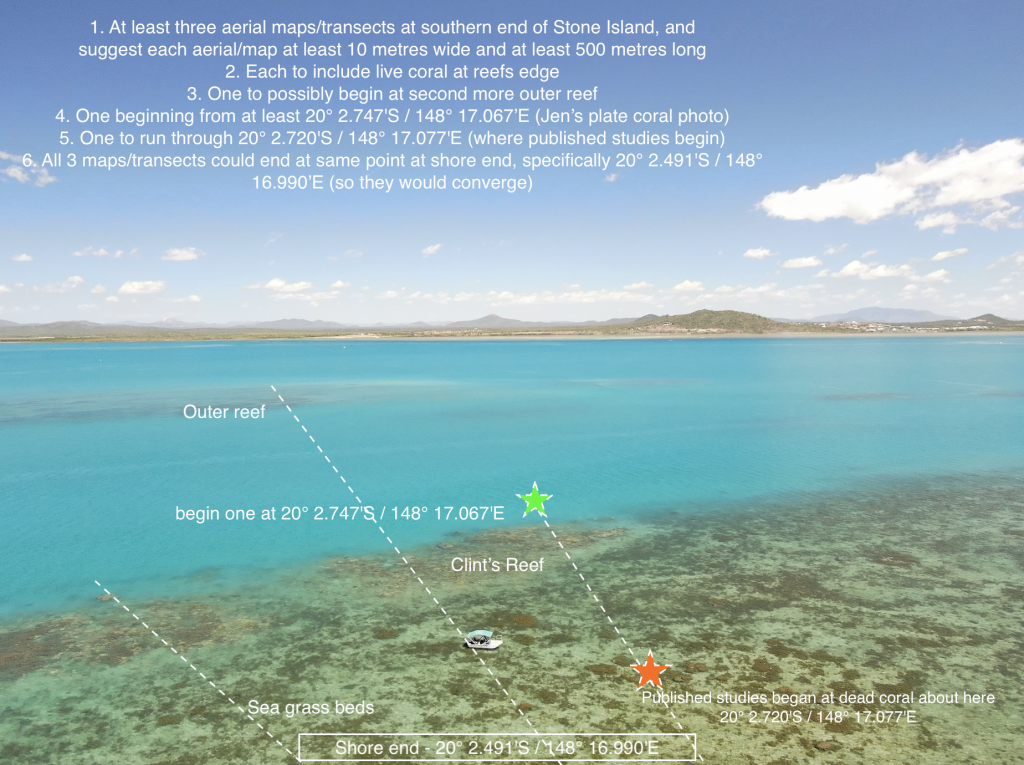
“I saw and photographed large pink plate coral on August 25 — some more than 1m in diameter — at the reef edge just 30m from where Tara Clark and colleagues ended their transect as published in Nature,” Dr Marohasy said.
Several hundred metres away, across the headland, in the northern-facing bay, was an area of 100 per cent coral cover stretching over 25ha.
Dr Ridd said the finding of the survey was that there was “good coral all over the place” around Stone Island.
“What we saw was not consistent with the proposition that the inshore reefs have been destroyed by farm run-off,” Dr Ridd said.
He said the findings were at odds to those of Dr Clark and her team.
The survey results follow a report by GBRMPA last week that downgraded the long-term outlook for the reef from poor to very poor with particular concern about run-off in onshore reef areas.
Dr Ridd said there were “lots of people around Bowen who get very angry when people say all their coral is wiped out”.
“How would people in Sydney feel if everybody was saying that the water in Sydney Harbour has turned brown from pollution, the bridge was rusting scrap and the Opera House was crumbling ruin,” he said.
Dr Wachenfeld said it was always great to see evidence of healthy coral in inshore areas.
“The body of published science tells us most of our inshore reefs are extensively degraded,” he said. “When we find healthy patches that’s good news.”
Dr Wachenfeld said a paper published in 2016 contained information about coral around Stone Island and nearby Middle Reef.
This article was first published in The Weekend Australian, and can be viewed online here.
****
The feature image, at the top of this blog post, is of me flying Skido, just south of Bowen over mudflat to the west of Bramston Reef. This drone aerial cinematography may be included in an upcoming documentary (yet to be scripted), that could be made following a short film called ‘Most Corals are Beige’ (directed by Clint Hempsall, written by Jennifer Marohasy) that is planned for release mid-October in Melbourne.
To be sure to know more about the short film and possible documentary consider subscribing for my irregular e-news.



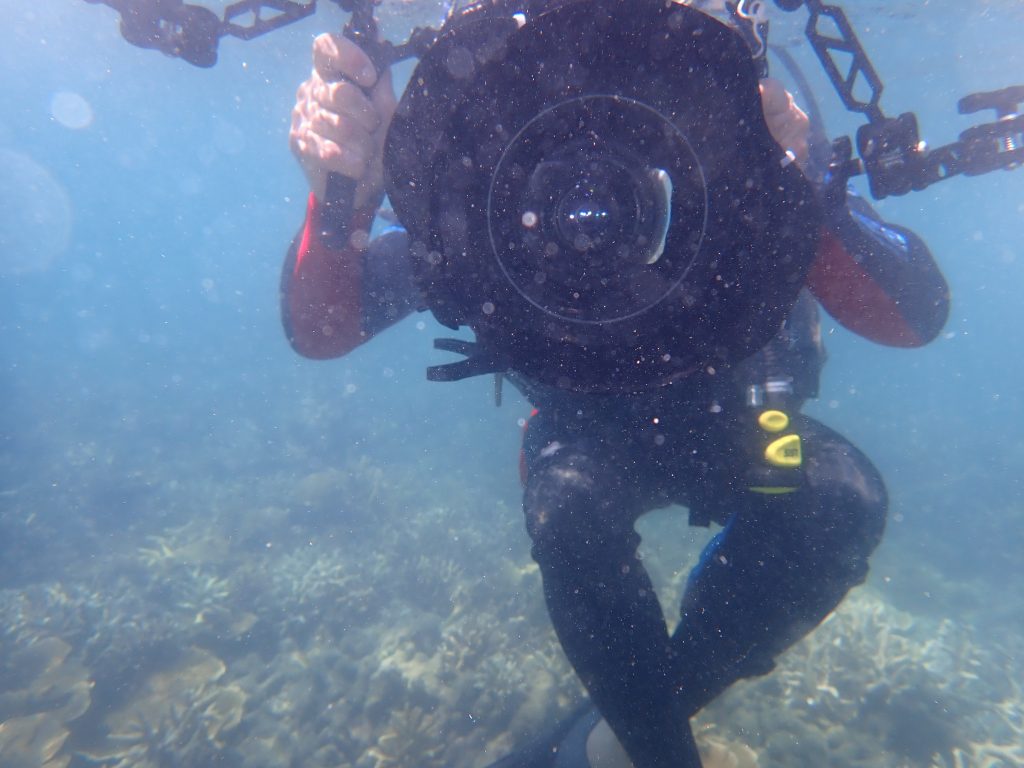




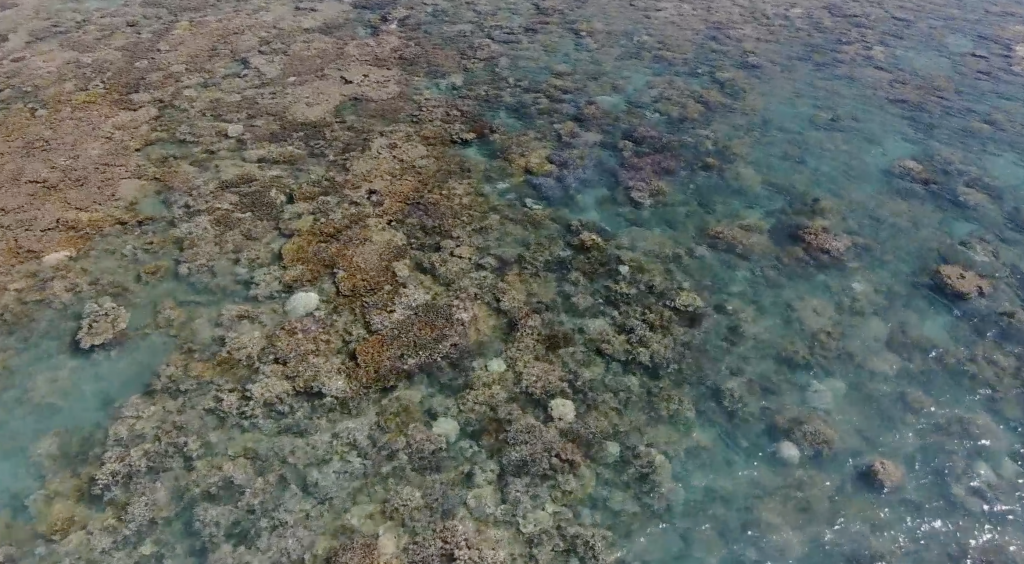
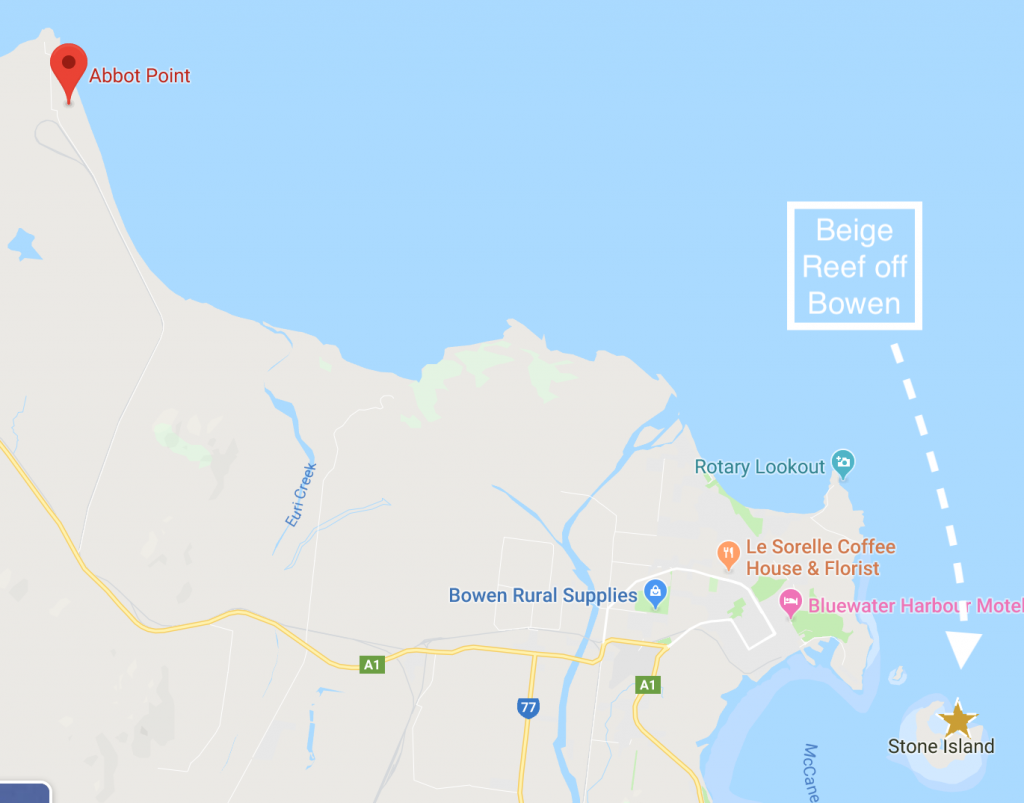
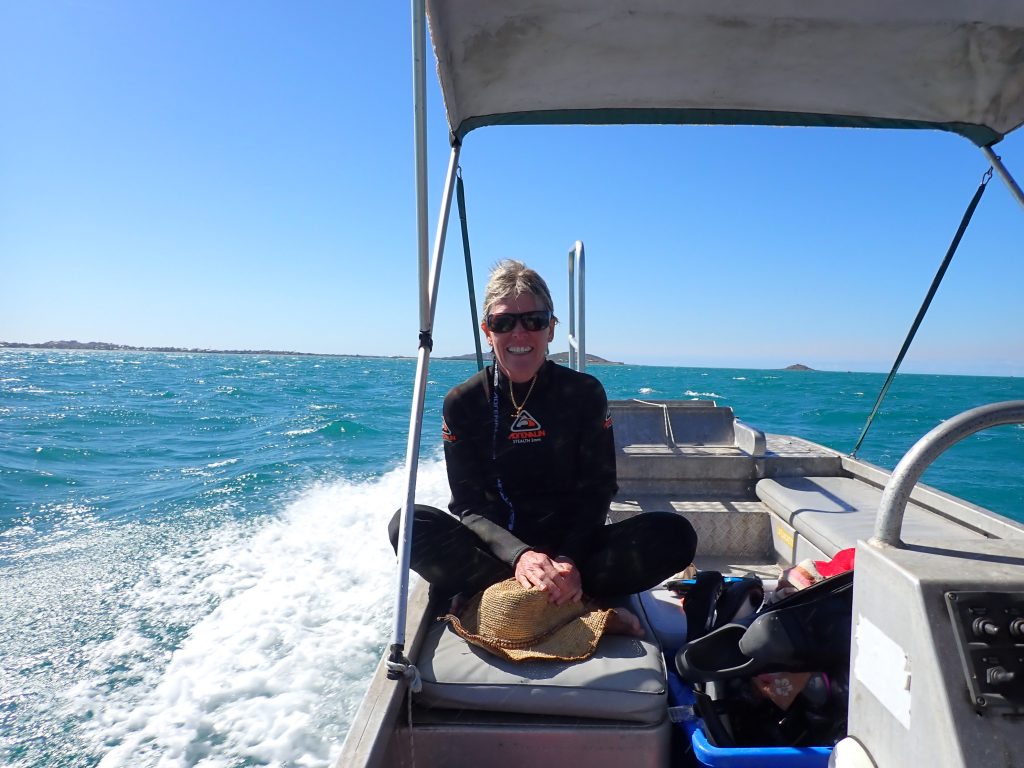
 Jennifer Marohasy BSc PhD has worked in industry and government. She is currently researching a novel technique for long-range weather forecasting funded by the B. Macfie Family Foundation.
Jennifer Marohasy BSc PhD has worked in industry and government. She is currently researching a novel technique for long-range weather forecasting funded by the B. Macfie Family Foundation.